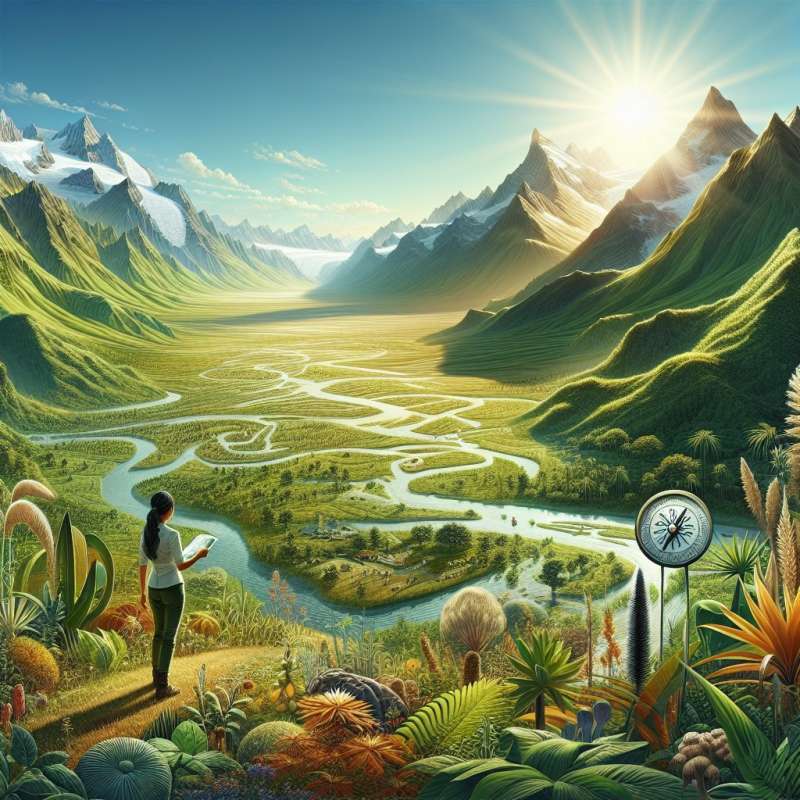
Physical Geography Defined
Physical geography examines natural processes and features including climate, landforms, vegetation, water bodies, and soils. It's the Earth's dynamic systems' science, integrating ecology with meteorology.
Earth's Lithospheric Plates
The lithosphere is fragmented into tectonic plates. Their interactions cause earthquakes, volcanic activity, mountain-building, and oceanic trench formation, constantly reshaping Earth's surface.
Climate System Complexity
Climate is influenced by solar radiation, atmospheric patterns, ocean currents, and land surface types. These components interact in complex ways, creating diverse microclimates and weather phenomena.
Hydrologic Cycle Insights
Water continuously cycles through evaporation, condensation, precipitation, and runoff. This process is vital for sustaining life, shaping landscapes, and influencing climate patterns globally.
Soil Horizons Unearthed
Soils are layered into horizons based on organic composition, texture, and color. These layers are crucial for plant life, and their study reveals past environmental conditions.
Biogeography's Species Distribution
Biogeography examines species distribution and ecosystems' spatial patterns. It reveals how geological events, climate changes, and human activities influence biodiversity across Earth.
Anthropocene's Geological Mark
Some scientists argue we've entered the Anthropocene epoch, where human activity is the dominant influence on climate and the environment, leaving a permanent geological trace.Mount Everest's Shrinking Height
Mount Everest's height decreases by about 4 millimeters annually due to tectonic plate movements, surprising many geographers.
What does physical geography examine?
Human societies and cultures
Natural processes and features
Political state boundaries
Company